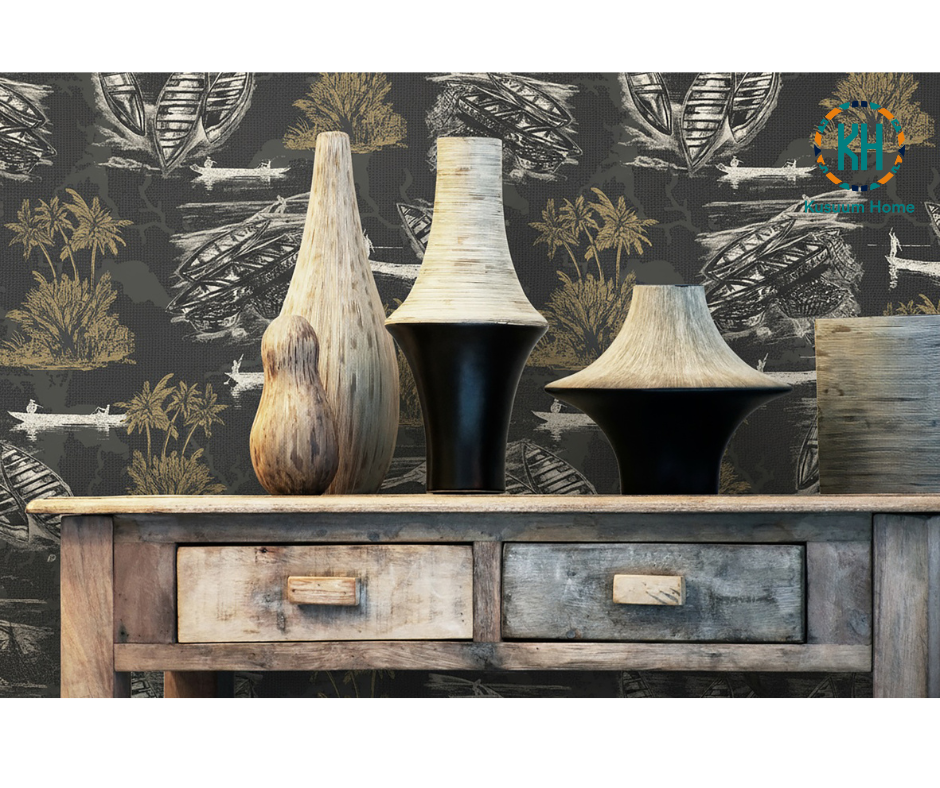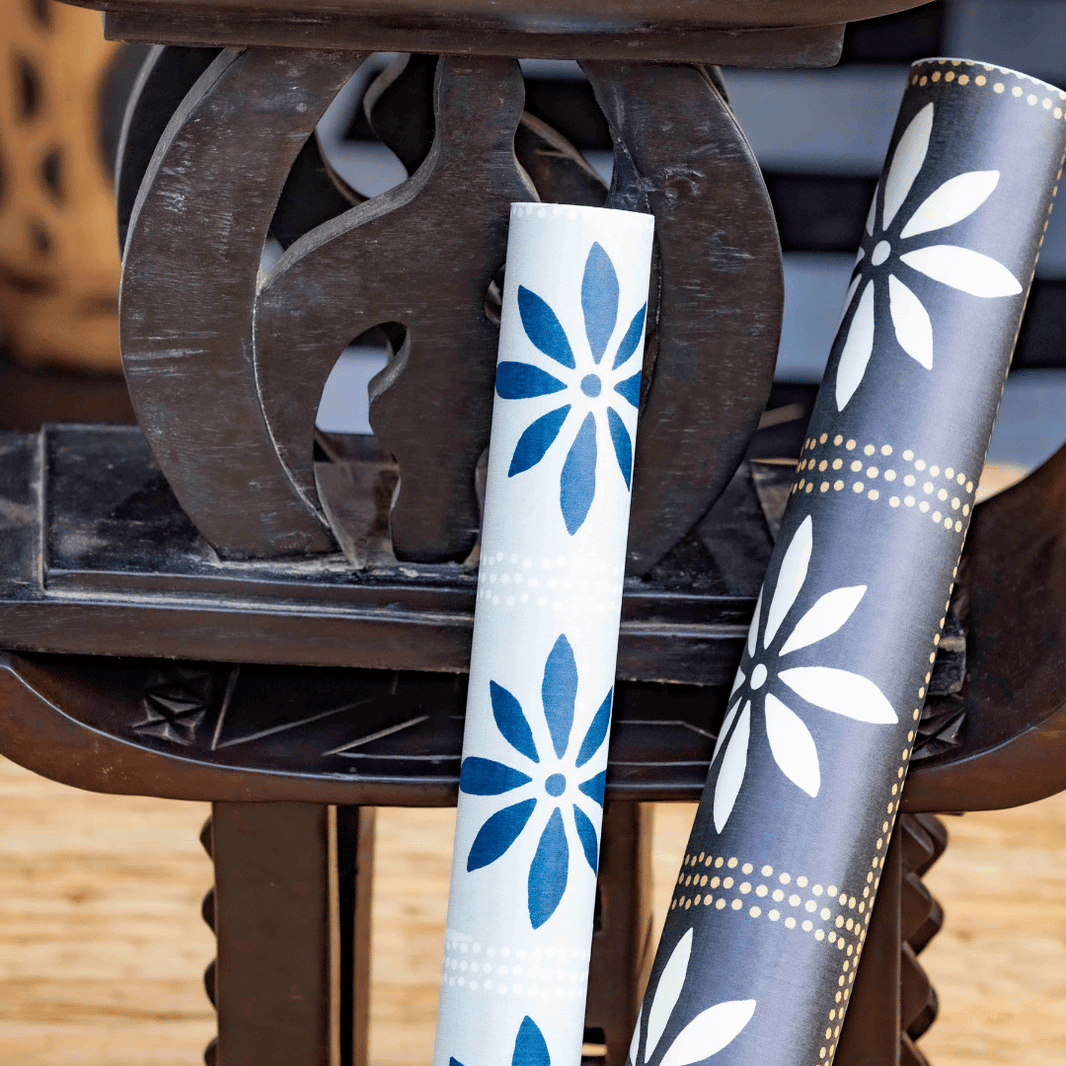The insights provided here are a springboard for your DIY journey. While professional installers often have a wider toolbox of successful methods, this guide focuses on well-established solutions suitable for homeowners. Remember, professional experience extends beyond product selection; it encompasses a deep understanding of various installation techniques and troubleshooting methods.

Beyond the Basics:
The insights provided here are a springboard for your DIY journey. While professional installers often have a wider toolbox of successful methods, this guide focuses on well-established solutions suitable for homeowners. Remember, professional experience extends beyond product selection; it encompasses a deep understanding of various installation techniques and troubleshooting methods.
Understanding Your Project:
The key to a smooth installation lies in understanding your specific project. Consider these factors:
- Wallpaper Type: Different wallpapers (pre-pasted, vinyl, woven grasscloth) have unique needs in terms of pasting and application techniques. Research the specific type you've chosen to understand its intricacies.
- Surface Condition: Is the wall smooth, textured, or have imperfections? Existing wallpaper removal, patching, and overall surface preparation are crucial steps for a flawless finish.
- Desired Outcome: Are you aiming for a classic, seamless look, or are you embracing a more modern, textured aesthetic? Knowing your desired outcome will help you choose the right approach in terms of product selection and application methods.
Tailoring Your Approach:
Armed with this understanding, delve deeper into researching compatible products and application techniques. Consult online resources, manufacturer recommendations, and even specialty paint or wallpaper stores for guidance. This research will empower you to select the ideal adhesive, tools, and application methods specifically suited to your unique project.
Safety First:
Never underestimate the importance of safety! Always prioritize understanding and implementing all recommended safety precautions before starting any wallpaper installation. Pay close attention to the manufacturer's instructions for both the wallpaper and adhesive, particularly regarding proper ventilation and handling of potentially hazardous materials.
When to Seek Professional Help:
While the DIY spirit is commendable, there's no shame in acknowledging project complexity. For intricate applications, large spaces, or situations where a flawless finish is paramount, consulting a qualified wallpaper installation professional is highly recommended. Their expertise can ensure a smooth, successful application and give you peace of mind. They can also offer valuable advice on product selection and potential challenges specific to your project.
By understanding these steps and tailoring your approach, you'll be well-equipped to tackle your DIY wallpaper project with confidence. Remember, research is your friend, and safety is paramount. Happy decorating!
Let's start!
Remove old wallpaper with a chemical stripper. Apply the stripper to your walls, following the manufacturer's instructions. Let it soak into your wallpaper. This should loosen your paper enough for you to use a stripping knife. You can apply more solution to sections that dry out as you go along.
Alternatively, an electric wallpaper steamer comes with a steaming plate that you apply to the wall to wet the paper and loosen the adhesive. Finish the job with a stripping knife.
Fill any small holes or cracks in the plaster with filler. When it's dried, use sandpaper to make the filling as smooth and flush as possible. Likewise, sand down any lumps or bumps you find.
Next, give the wall a good wash with sugar soap to remove any dirt or grease. Leave it to dry. Finally, finish off your wall with a quality acrylic primer designed specifically for wallpaper.
After following these steps, your wall will be properly prepped and ready for wallpaper application.





